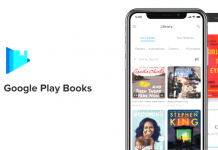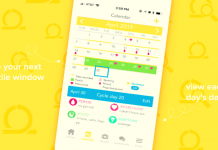Stars have guided human civilizations since time immemorial. As a child, whenever I would switch on the television, I would wonder where the telecast was broadcasted from. It was through signals, right? But how? And where were these signals coming from? As I grew up, the GPS started to intrigue me as well.
So, to satiate my piqued curiosity, I did some research. And voila! That’s how I found out how this mysterious GPS works. GPS, short for Global Positioning System, is a system of 24 active and eight spare satellites owned by the United States government.
This satellite-based radio navigation system provides civilians and military users with accurate navigation and positioning services. Read on to learn more!
- What Is GPS?
- How Does The GPS Work?
- Extensive Usage
- Waze
- CoPilot GPS
- Polaris GPS Navigation
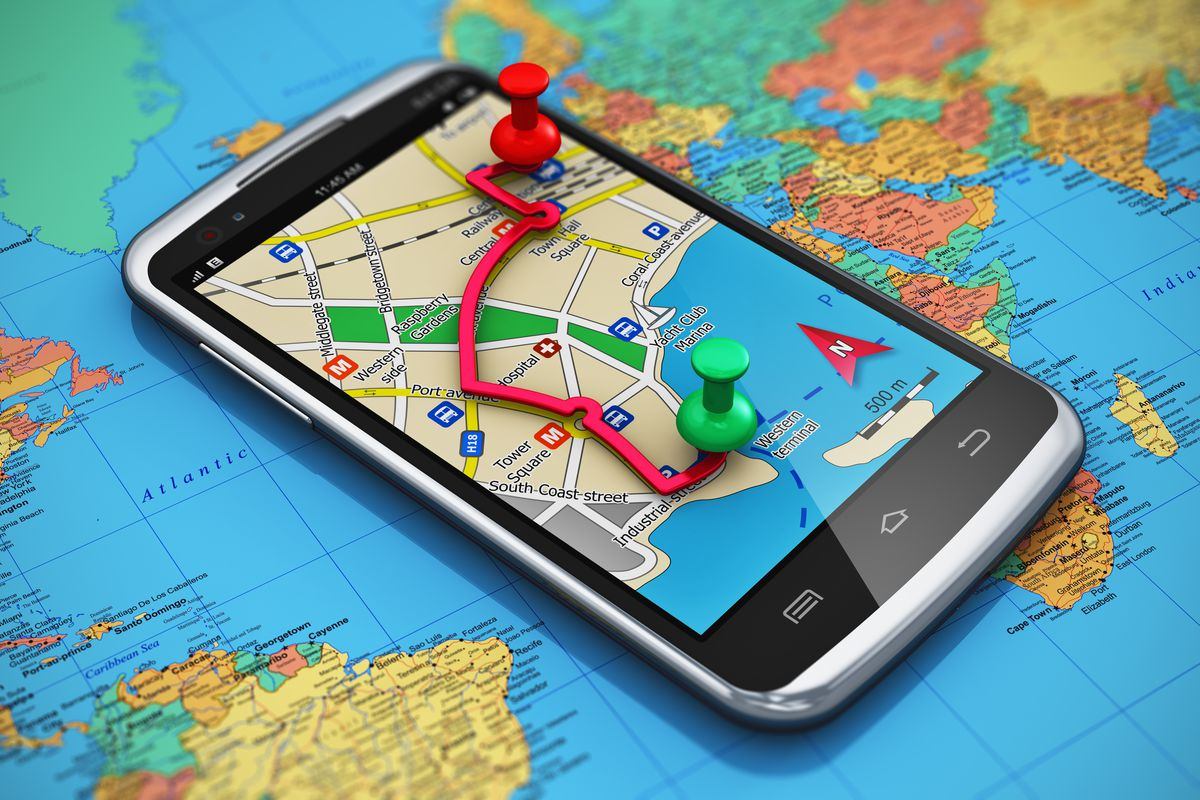
What Is GPS?
The Global Positioning System was first known as NavStar. The idea of GPS first came into being in 1973 when a developmental program based on it was begun by the United States Department of Defence, the first satellite being launched in 1978.
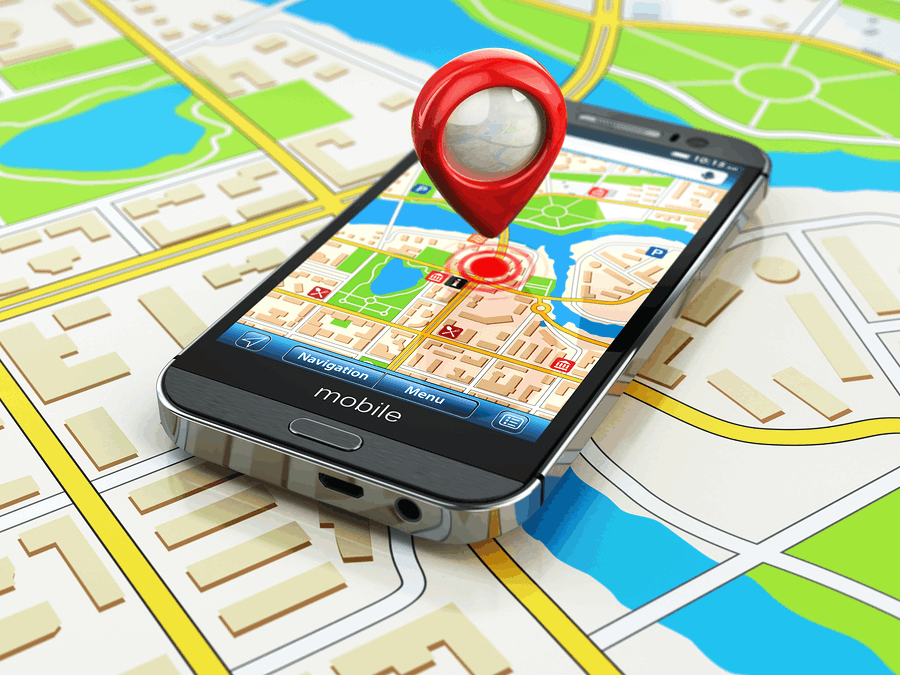
For a long time, the satellite-based navigation system was used only by the U.S. Navy. In 1994, however, GPS became fully functional and was made available to all the citizens globally for free.
GPS is managed by the U.S. Air Force in combination with the Russian GLONASS satellites, making their accuracy and function more advanced than ever before.
Components Of GPS System
GPS mainly consists of three systems: satellites, control segments, and receivers. The satellites are a constellation of 24 operating satellites that orbit the earth twice a day at an altitude of about 13,000 miles. These satellites transmit one-way signals that state the current time and location of a satellite.
The control section is made up of many control stations all throughout the world that use radar to ensure that the satellites are stationed at their assigned locations. These stations upload all the information that it tracks and navigates. It is also responsible for maintaining the well-being and functionality of these satellites.
The GPS receiver on earth uses GPS signals from four or more satellites and uses that transmitted data to calculate the exact location and time of a user. Through this, I can find out my exact location and send it to a friend in case I need to be rescued. The advanced technology also allows me to set up a GPS tracker on my child’s shoes or my mother’s car to keep track of their location.
How Does The GPS Work?
So by now, we are well aware of how the GPS sends and receives signals, but how are these signals used for navigation? Through extensive research, I found that these signals are converted through a mathematical process called trilateration. Let’s understand it in more detail.
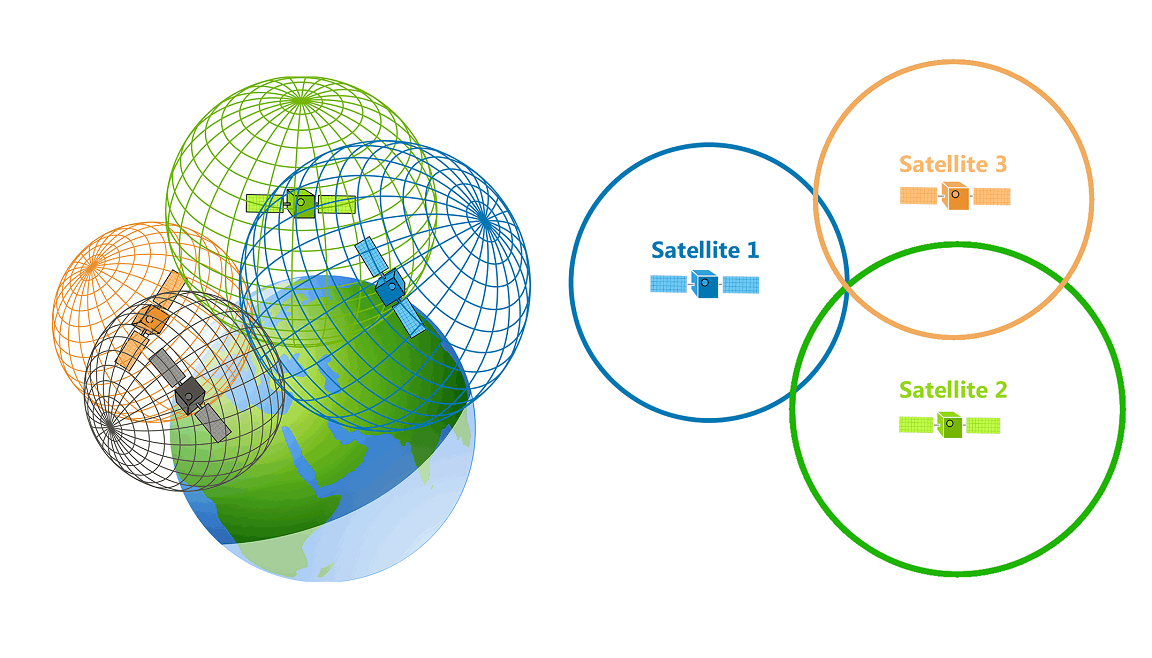
We have already established that the satellites send a signal to our GPS receiver, tracking time and space. For instance, the first signal transmitted by a satellite calculates distance and forms a circle in equal directions as soon as the GPS receiver receives it.
The GPS position is thus located somewhere inside this circle. The same process is repeated when our GPS receiver receives a second signal, but this time, we have two signals from two satellites.
Thus, the location is formed where the two circles intersect. When the third signal is received, all the three circles intersect, and their intersection point reveals the exact GPS position. This is how trilateration interprets the signals.
Things To Keep In Mind
There are certain things to note when the trilateration mechanism is at play. To find out my exact location, my GPS receiver must detect at least four satellite locations above it.
In addition, it must know the distance between my GPS receiver and each of those three satellites. The 24 core satellites and eight emergency replacement satellites need constant maintenance and repairs and need to be replaced every ten years.
GPS works even in adverse weather conditions provided that you can see the sky well. As long as it can receive signals from four satellites, our GPS is going to work smoothly.
Extensive Usage
Since the invention of smartphones, the use of GPS Apps has increased remarkably. Its free and global use has prompted us, citizens, to rely on it for most of our essential needs.
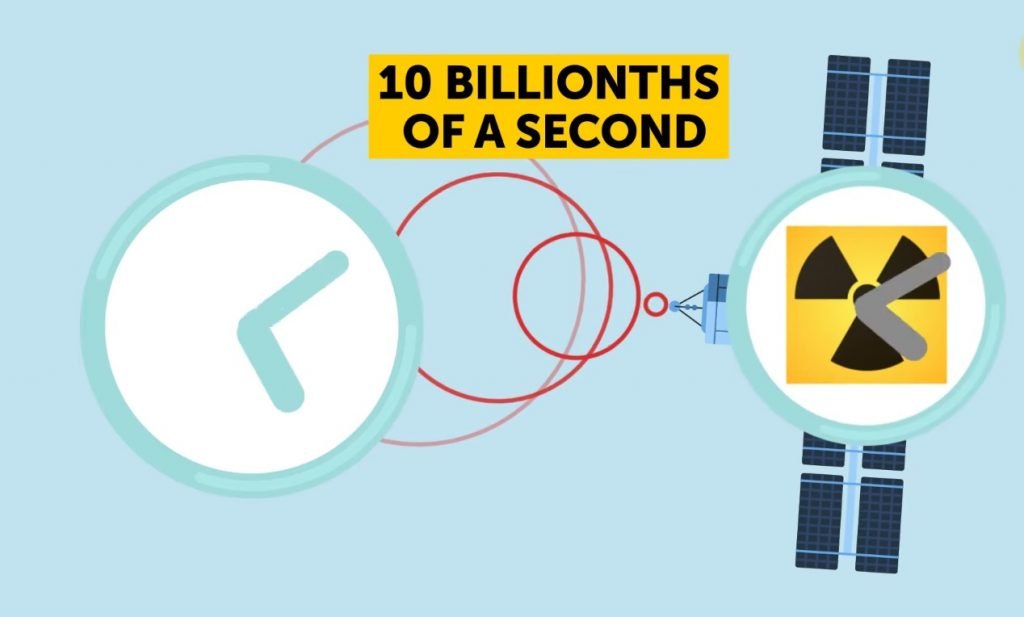
Users, including myself, have used GPS to discern my location far more times than I can remember. GPS also sends time signals that are accurate within ten billionths of a second, thus providing us with an accurate time from the atomic clock.
Banking systems use GPS to make precise and well-timed monetary transactions, and cellular networks use it to create synchronized phone calls.
Contemporary Usage
The wide usage of these amazing apps is shocking. Farmers use it in agriculture, archaeologists use it while mining, the military uses it for defense, and the navy uses it for marine purposes. Furthermore, scientists, soldiers, pilots, sailors, drivers, hikers, delivery people, and even doctors use this navigation system for their day-to-day use.
Drones and helicopters are sent out to rescue people who are lost. In case of emergency roadside support, I can call a pre-programmed emergency number, and they can reach me by tracing my current location. Big companies can survey and map specific areas to save time and money.
Police can also use GPS to track and chase criminals, and adventure enthusiasts like me can quickly go into the wild to catch fish or have a little me time. Precious art pieces can be prevented from being robbed by accompanying them with little tracking devices so that they can be traced back if stolen.
Waze
So now that we know what GPS is and how it works let’s look at some smartphone GPS apps that will make your life super easy. Waze is a GPS navigation app compatible with smartphones and tablets, and computers; the only condition is that the gadgets should have GPS support.
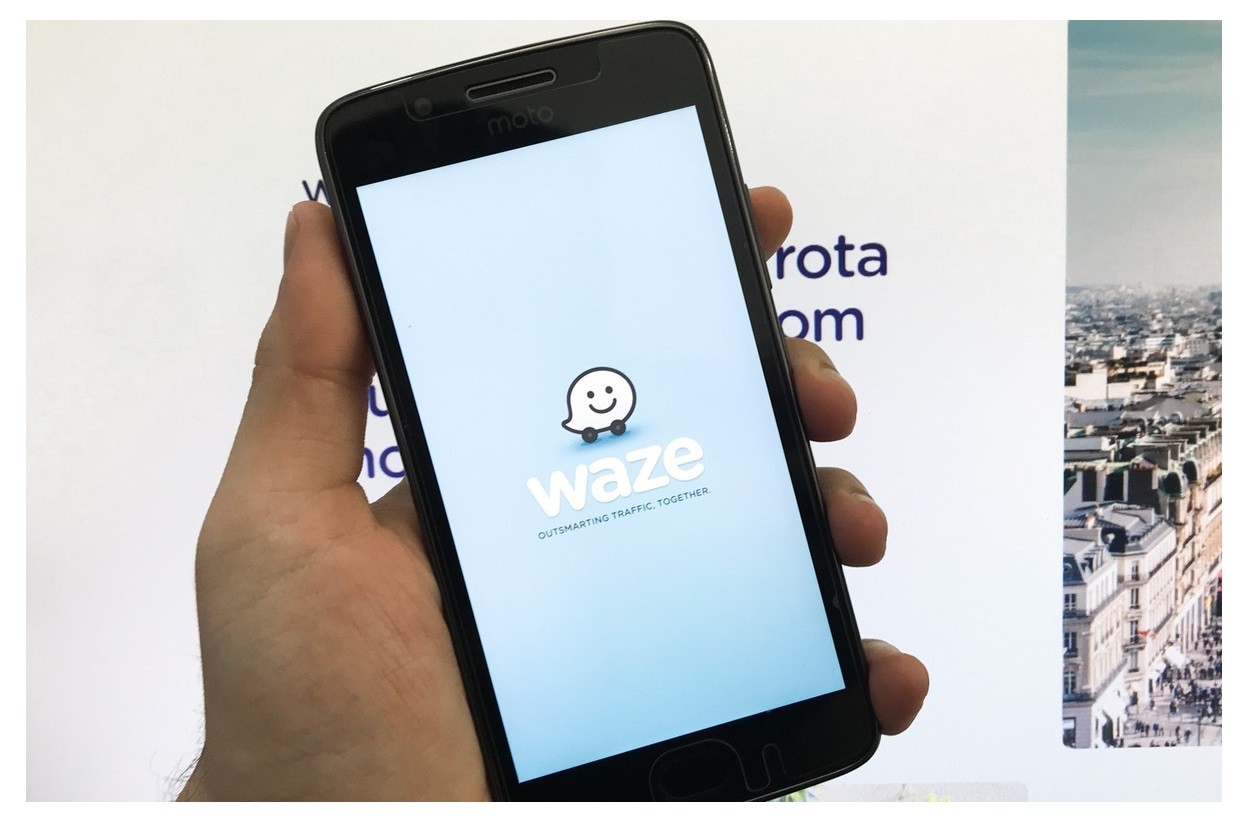
Waze provides detailed navigation information, along with the time and route details that the user submits. It makes our travel convenient by informing us about traffic, roadblocks, police traps, and ongoing construction works to take an alternate route.
Rewarding Features
Users and state agencies are also allowed to share all this information so that Waze can warn people ahead of time. Waze even offers rewarding points to those who share any roadblock, gas prices, or traffic information to collect more accurate data.
Waze offers features such as connecting the app to our Facebook timeline to share our location with our friends in case of any emergency. You can download the app from Google Play Store or Apple App Store for free.
CoPilot GPS
Designed mainly for drivers, CoPilot GPS navigation executes convenient route plans for our vehicles, be it trucks, cars, or RVs. The main benefit of this app is that it customizes route plans according to our vehicle and needs to get personalized benefits.
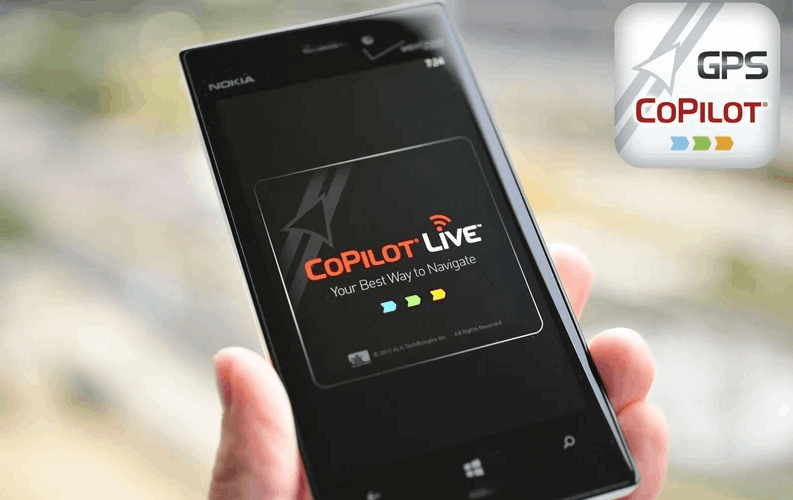
CoPilot focuses on the low clearance and road width to design route plans and offers a choice of at least 52 stops and three routes so that we can select the one that works for us.
The app even works offline, meaning that we can find our favorite cafe or shopping mall without the internet.
Benefits and Subscription
The app includes a traffic status bar that updates the traffic condition, lane-changing arrows to inform us about where we must change lanes, and highway signposts to warn us about any danger ahead. This makes driving safe and easy.
Most of the basic features of this app are free, but we will need subscriptions to avail of the premium services. Audio navigation, route planning, 3D maps, traffic alert services, and worldwide usage come with an added subscription, and the prices differ according to the services we are availing of. The starting price is fixed at $14.99 per year.
You can easily download it from Google Play Store or Apple App Store.
Polaris GPS Navigation
Polaris GPS Navigation is for adventure and outdoor enthusiasts. Most of us have inhibitions when we step out for an escapade, but those inhibitions can be kept at bay with this app. The built-in compass tool offering unique waypoints guides us to correct paths and even record our tracks so that we can keep a note of our distance and route.
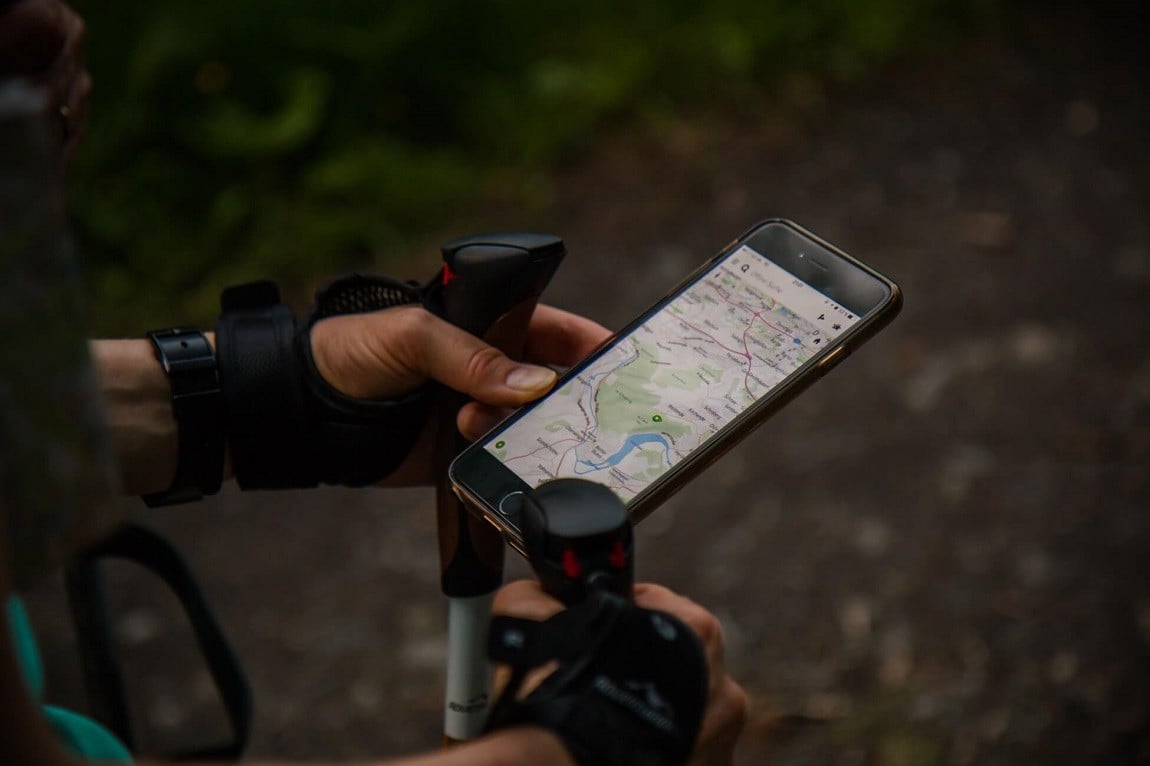
In addition, the multiple coordinate formats help in locating far away distances. The app offers turn-by-turn navigation even in the most remote locations where the internet connection might be weak. It also provides no limit to the number of maps we can download offline.
The highlight of this app is that it offers multiple navigation sources in one place. This app has access to OpenStreetMap, MapQuest maps, Cycle Route Maps, and Google Map. This provides a wide choice of sources to select the source that we feel the most comfortable with.
Old School Drawbacks
It can be a little complicated to use the app at times, considering that the services it provides require in-depth knowledge of compass, altitudes, latitudes, longitudes, and tracking the direction of the sun. The many features provided on the map can become a little taxing.
However, if you are old school like me and possess the knowledge, then this app is a gem.
Available only for Android, it is free to use but requires a subscription costing $8.99 to avail of the premium benefits. So the next time you step out for off-road activities like hiking, boating, or camping, you know which app to use. Download it from Google Play Store.
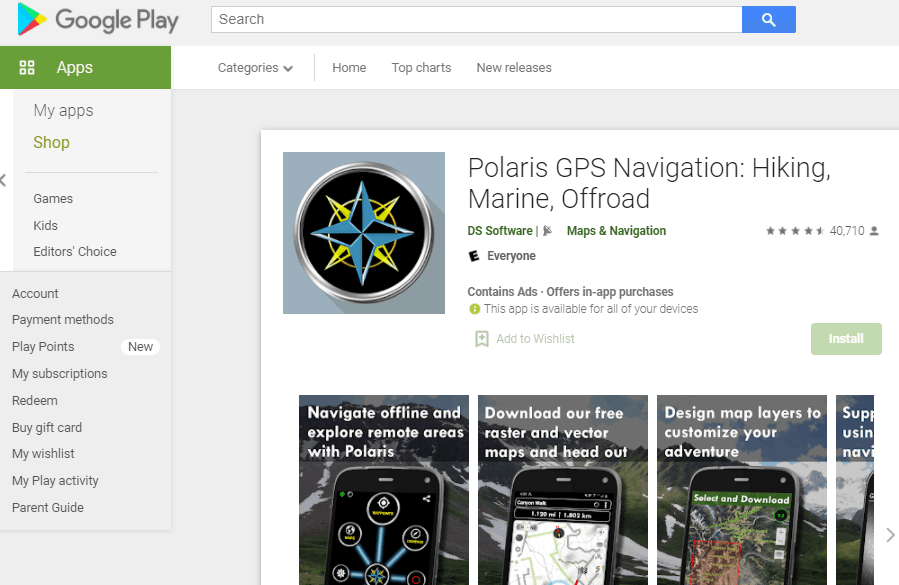
The Bottom Line
The Global Positioning System (GPS) has become the cornerstone of our day-to-day life. With the constant advancement in technology, the features of GPS are improving considerably.
With its many benefits also come dangers and drawbacks. Therefore, we must use it responsibly while benefiting ourselves and others as much as possible.

